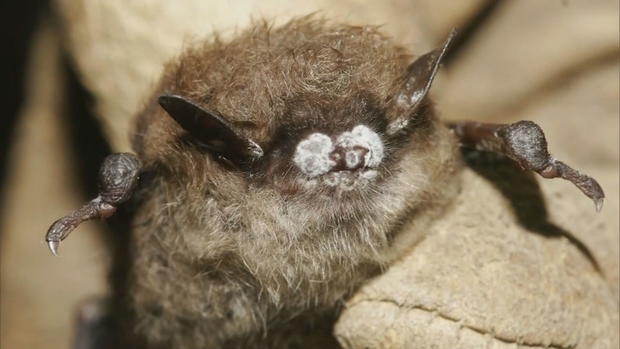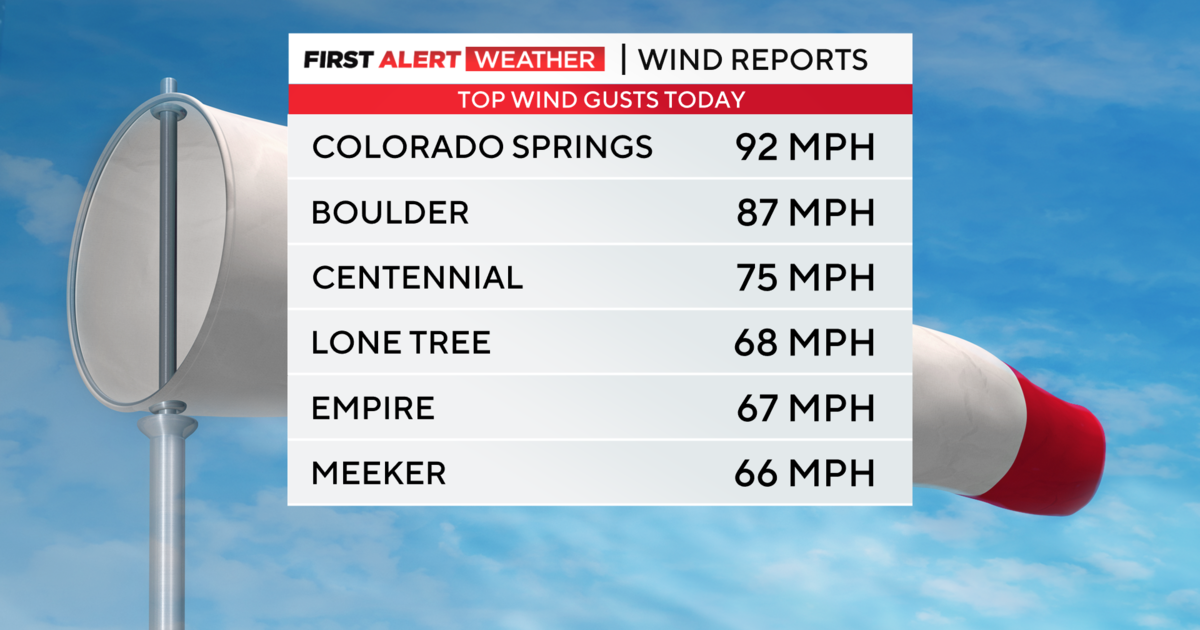White-nose syndrome arrives: Colorado bat tests positive for fatal disease
White-nose syndrome, a fungal disease that has decimated bat populations in the eastern U.S. and Canada, has been detected in Colorado for the first time.
A female Yuma bat was found on the ground and unable to fly March 29 by National Park Service staff at Bent's Old Fort National Historic Site in Otero County outside of La Junta, according to an advisory released Monday morning by Colorado Parks & Wildlife. The bat appeared to have a white powdery substance on its forearms.
NPS staff euthanized the bat. It was then sent to a federal lab for necropsy.
The lab confirmed the bat had wing lesions characteristic of white-nose syndrome. It tested positive for Pseudogymnoascus destructans (Pd), the fungus that causes the disease, CPW stated.
CPW also stated that the Pd fungus was found on bats in four locations in Colorado in mid-2022, including a female Yuma bat that was captured by NPS near the Bent's Old Fort. The other locations were in Baca, Larimer and Routt counties. However, despite the presence of the fungus, none of the 25 bats surveyed showed signs of white-nose syndrome.
Until now.
"After the discovery of Pd last year, we expected this news was inevitable in a year or two, given the experience in other states as white-nose syndrome has spread westward," Tina Jackson, CPW Species Conservation Coordinator, stated in the advisory. "We've been monitoring for the fungus for a number of years and this is the same pattern seen in other states."
White-nose syndrome was first documented in New York state in 2006, per CPW. Since then it has been confirmed in 12 North American bat species and, with the addition of Colorado, it now occurs in 39 states and seven Canadian provinces.
As the fungus grows on a bat's nose, it interferes with breathing. Hibernating bats awaken during the winter because of it, then, once active, burn vital fat stores meant to support their winter sleep. Meanwhile, no insects are available to feed on. The bats then starve to death. More than five million bats have perished since 2006, including entire cave populations of wintering bats in the eastern U.S. A 2021 study estimated WNS killed over 90% of northern long-eared, little brown and tri-colored bat populations in fewer than 10 years.
"The impact of the disease in Colorado could be devastating," the agency stated. "Of the 19 bat species native to Colorado, at least 13 may be susceptible to this disease. Any large-scale loss of bats would spell trouble for the health of Colorado's ecosystems and economy, given estimates that these voracious insect eaters contribute $3 billion annually to the U.S. agricultural economy through pest control."
CPW developed a response plan to white-nose syndrome in 2012.
The disease has not been shown to affect human, domestic animals or other wildlife. In it, staff warned about the fungus making long-distance "jumps," citing the discovery of an infected bat in the Alabaster Caverns State Park in Oklahoma in 2010. That marked a 450-mile distance from the disease's previous western-most case location. CPW staff noted that one of Colorado's most significant bat roosts was located within a mile of the Colorado-Oklahoma border.
"Given that the affected cavern was open to the public, there is concern that human spread of the disease may have been a contributing factor," the report stated.
There is no known method of controlling or curing white-nose syndrome at this time. But Colorado wildlife managers and national park staff have asked cave visitors and spelunkers to take measures in hopes of curbing its spread:
- Stay out of closed caves and mines.
- Decontaminate footwear and all cave gear before and after visiting or touring caves and other places where bats live.
- Do not touch bats. Report dead or sick ones to CPW by calling 303-291-7771 or email wildlife.batline@state.co.us.
- Gear and clothing used in areas where Pd or WNS occurs should not be used in areas where Pd is not known to occur. White-Nose Syndrome (whitenosesyndrome.org)
- To avoid accidentally transporting bats, check canopies, umbrellas and other outdoor items for any bats that may have roosted in a nook or cranny.
"We are working with our partners to monitor these and other bat colonies," CPW's Jackson added. "Scientists around the world are searching for vaccines and treatments and many actions have already been taken to help conserve bats, minimize the spread and impact of white-nose syndrome and to minimize other sources of mortality for vulnerable bat species. We will implement the most effective measures to ensure our bats' continued survival throughout our state."





